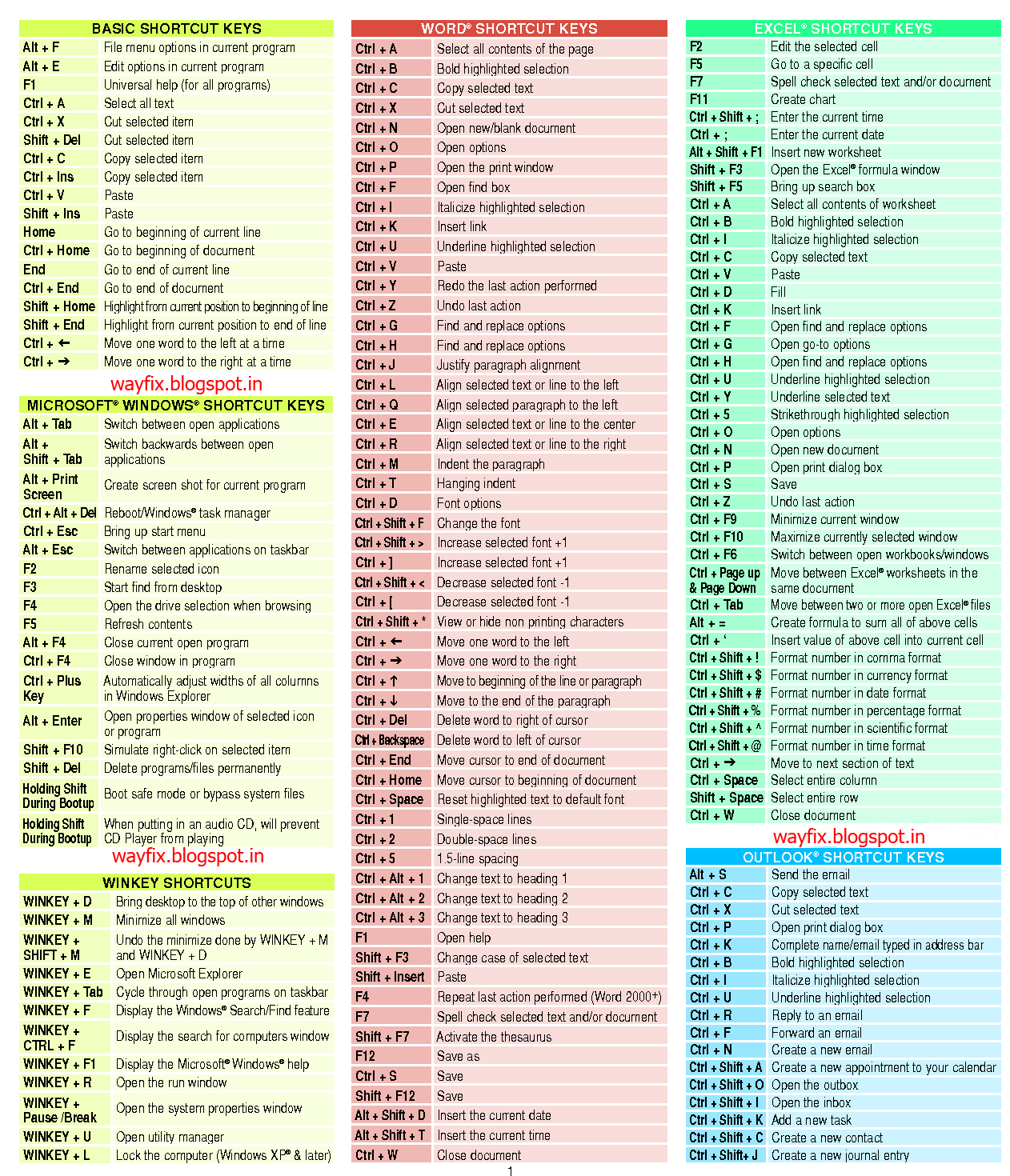

You'll see these symbols in menus across all applications, so they're not specific to Excel. There really aren't too many symbols, so I recommend that you bite the bullet and memorize them. The Mac Finder – abbreviations appear in all applications, not just Excel For example, the Command key is abbreviated as ⌘, the Control key with ⌃, and the option key as ⌥. These symbols have a long history on the Mac, and you'll find them in menus everywhere. One of more confusing aspects of keyboard shortcuts on the Mac are the symbols you'll see for certain keys. Open Quick Tab view that displays thumbnails of the tabs.Also see: Excel shortcuts on the Mac // 3 minute video 1. The following shortcuts can be used by any program, but they should have a consistent meaning:Ĭlose the active item, or exit the active program.ĭelete the selected item and move it to the Recycle Bin.ĭelete the selected item without moving it to the RecycleĬlose tab (closes window if only one tab is open). Use the arrow keys to cycle through programs on the taskbar by
#WINDOWS SHORTCUT KEYS ON MAC KEYBOARD WINDOWS#
Reverse cycle through programs on the taskbar by using Windows Set focus on the taskbar and cycle through programs.Ĭycle through programs on the taskbar by using Windows Flip 3D. Open the Run dialog box.īring Windows Desktop Gadgets to the front. Restore minimized windows to the desktop.

Lock your computer (if you're connected to a network domain), or switch users (if you're not connected to a network domain). Search for computers (if you are on a network). Open Windows Explorer navigated to Computer. Show the desktop (restore on second keystroke). (Example: Windows logo key+1 to launch first program.)ĭisplay the System Properties dialog box. Launch a new instance of the program located at the given position on the taskbar (Windows 7) or Quick Launch (Windows Vista). Minimize all non-active windows (restore on second keystroke). Restore/minimize active window vertically, maintaining width (Windows 7) Maximize active window vertically, maintaining width (Windows 7) Restore/minimize active window (Windows 7) Moves to next pane or palette within a program.ĭock active window to left half of screen (Windows 7)ĭock active window to right half of screen (Windows 7) Reverse cycle through open primary windows without closing the menu.Ĭlose the active document (in programs that allow you to have multiple documents Reverse cycle through open primary windows.Ĭycle through open primary windows without closing the menu. The following shortcuts are reserved for use by Windows:Ĭycle through items in the order they were opened.Ĭycle through items in the reverse order they were opened.ĭisplay context menu for the active child window (multiple-documentĬopy the entire screen image to the clipboard.Ĭopy the active window image to the clipboard.ĭisplay the system menu for the active window. Move the insertion point to the beginning of the previous word. Move the insertion point to the beginning of the next word. Launch a program elevated if used from the Start menu.ĭisplay or hide the items in the active drop-down list or combo box. Search for entered term using Internet browser. Search for entered term using local search. Moves the selection to the item matching prefix letters in the beginning of Scroll the view without change of the selection. Moves the selection to the item matching prefix letters in theĬtrl+Shift+left arrow, Ctrl+Shift+right arrow Change the column width.ĭisplay all sub-items under the selected item.ĭisplay the sub-items directly under the selected item.Ĭollapse the items directly under the selected item group.Ĭollapse the current selection (if it is expanded) and move focus to theĭisplay the sub-items directly under the selected item (if it is collapsed). Move focus to last item without selecting.Īllow discontinuous multiple selection of items. Move focus to first item without selecting. Custom controls should use shortcuts consistently. The following shortcuts are standard for Windows controls.

Save the active document (normally without opening the Save As dialog box).ĭisplay the context menu for the selected item. Open a new blank document or the New dialog box.

The following shortcuts can be used by any program, but they must have the given meaning:ĭisplay context-sensitive Help (same as F1).Īctivate the menu bar in the active program.ĭisplay the Properties dialog box for the selected item. The following tables summarize the standard Microsoft® Windows® shortcut key assignments. Designing with Windows Presentation Foundation.Windows User Experience Design Principles.Windows User Experience Interaction Guidelines.


 0 kommentar(er)
0 kommentar(er)
